虛擬主播實作計劃
Virtual Streamer Implementation Project
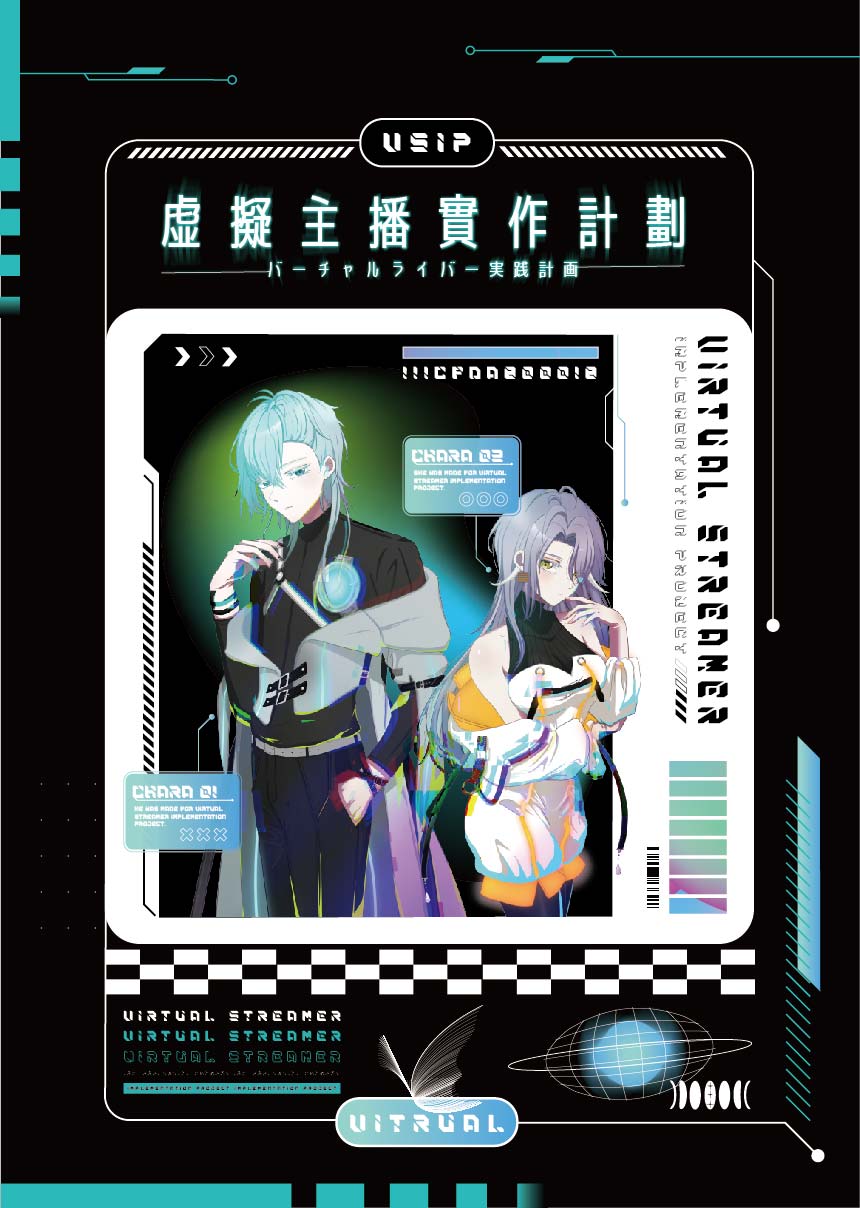
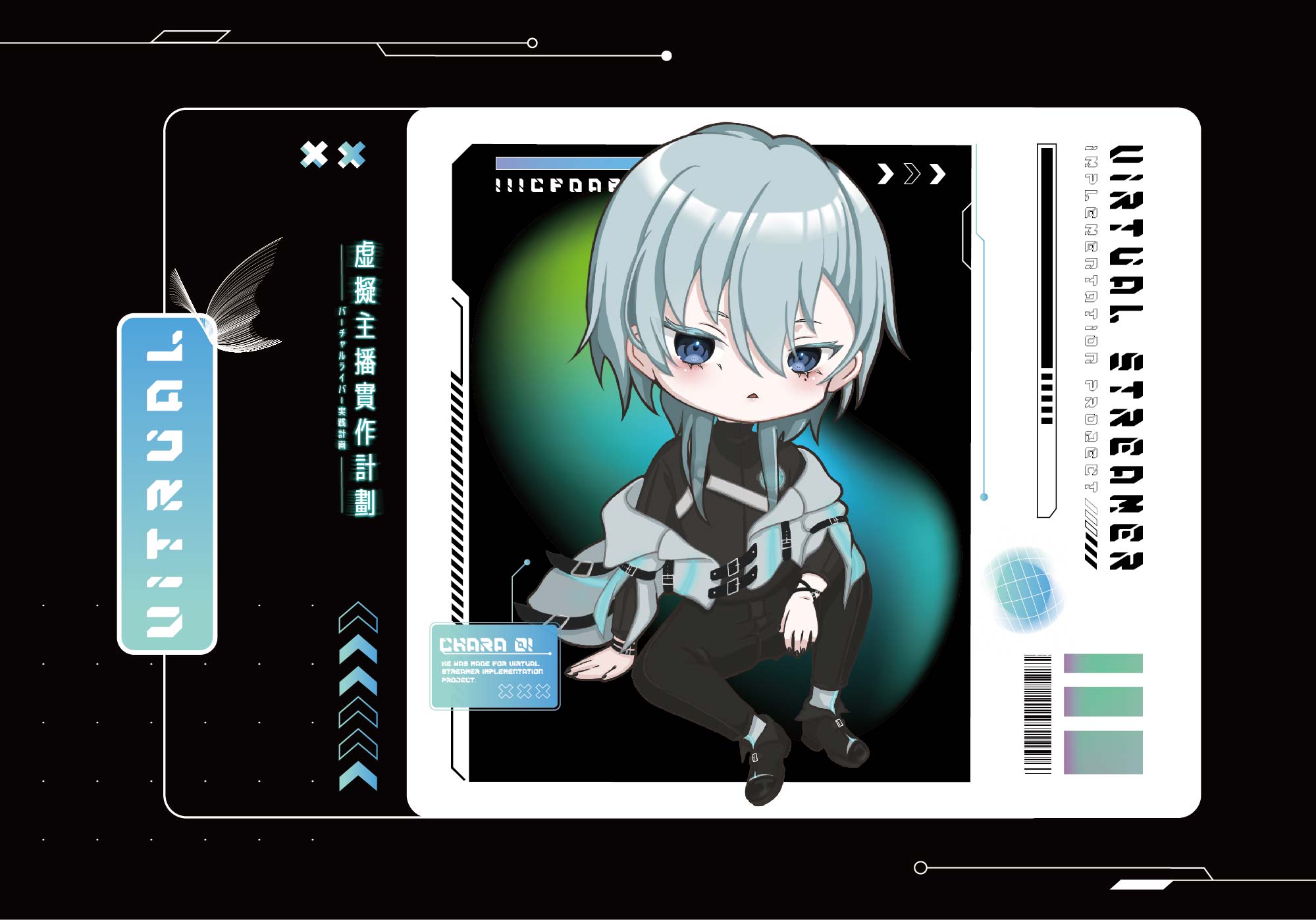
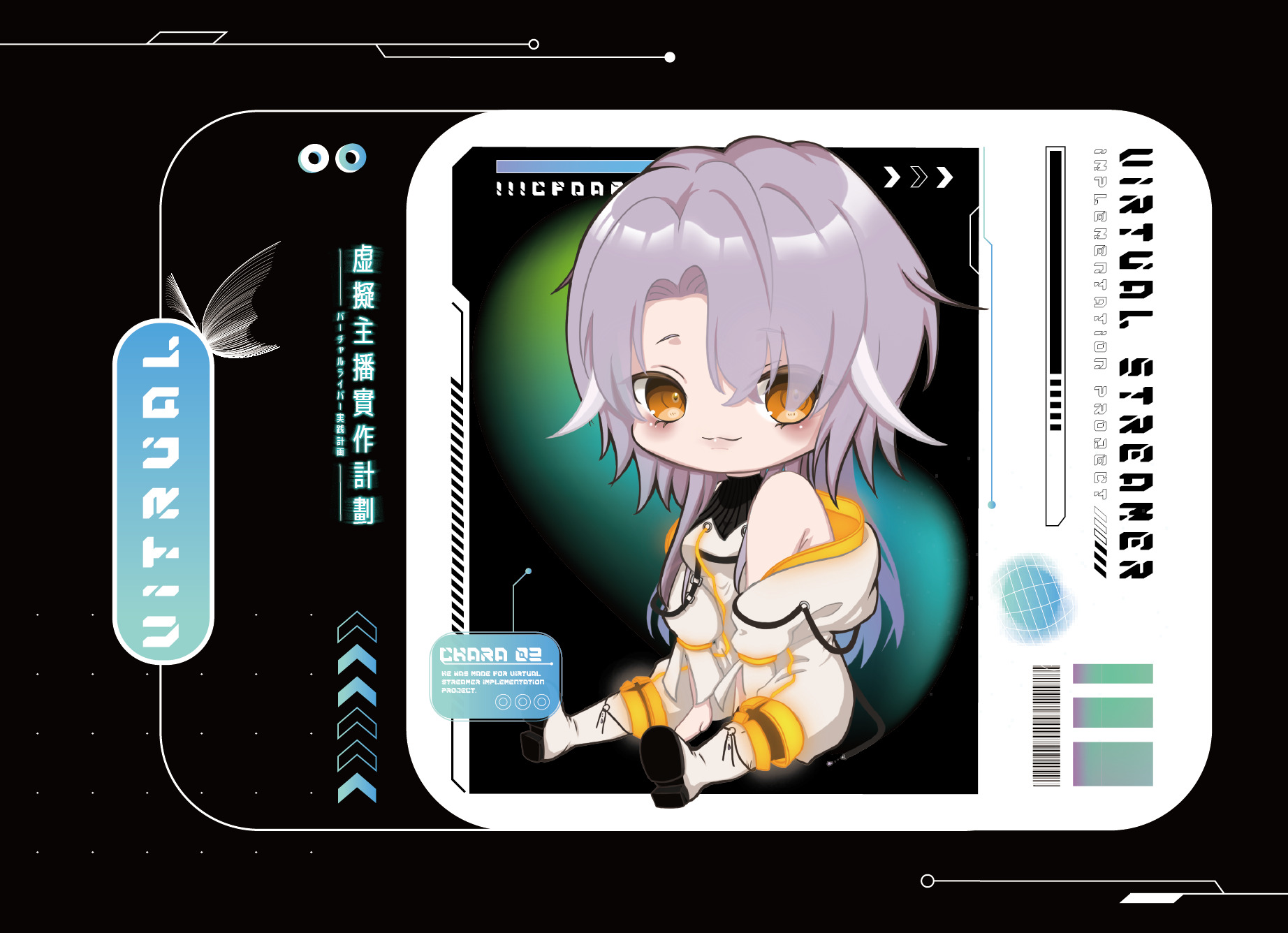
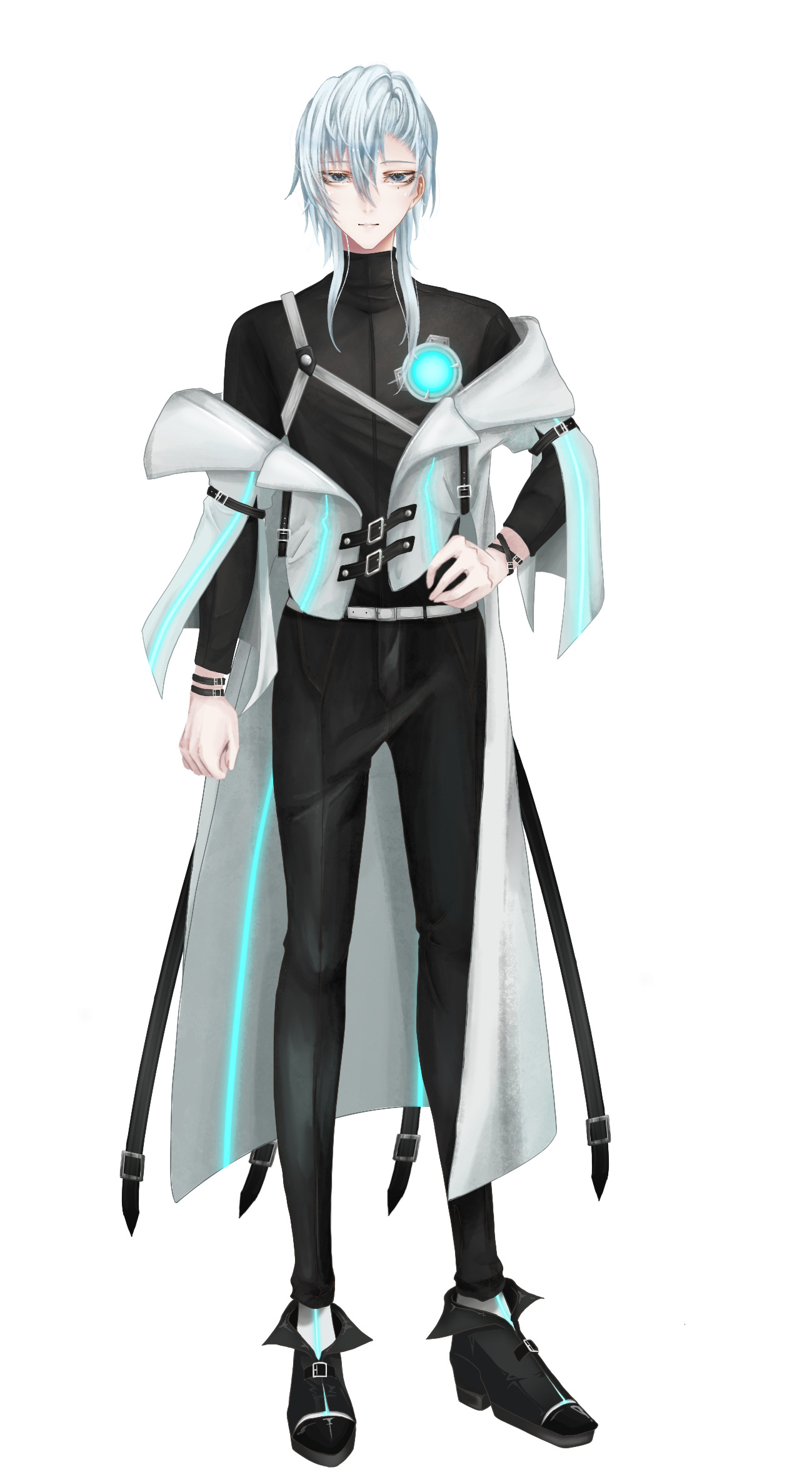
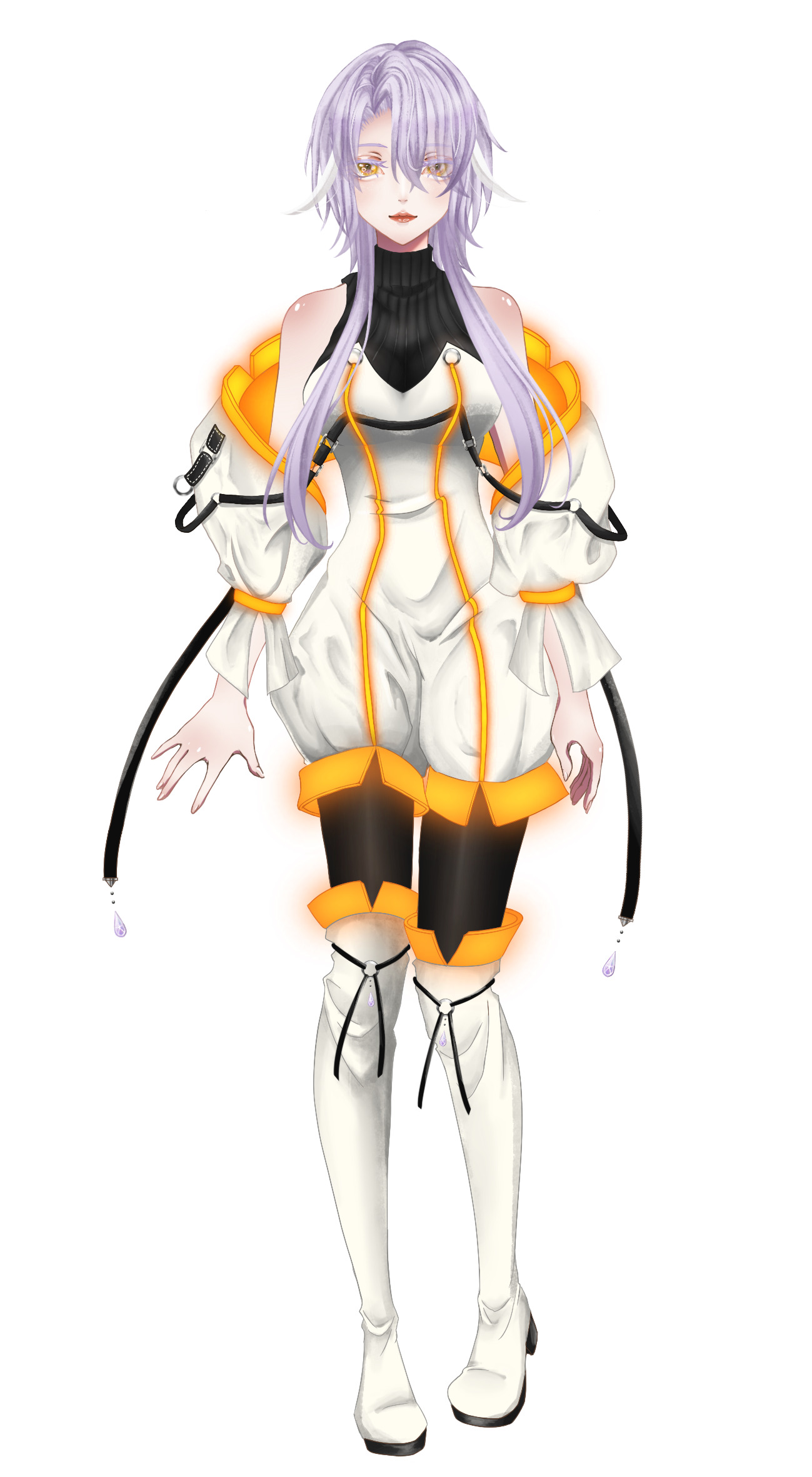
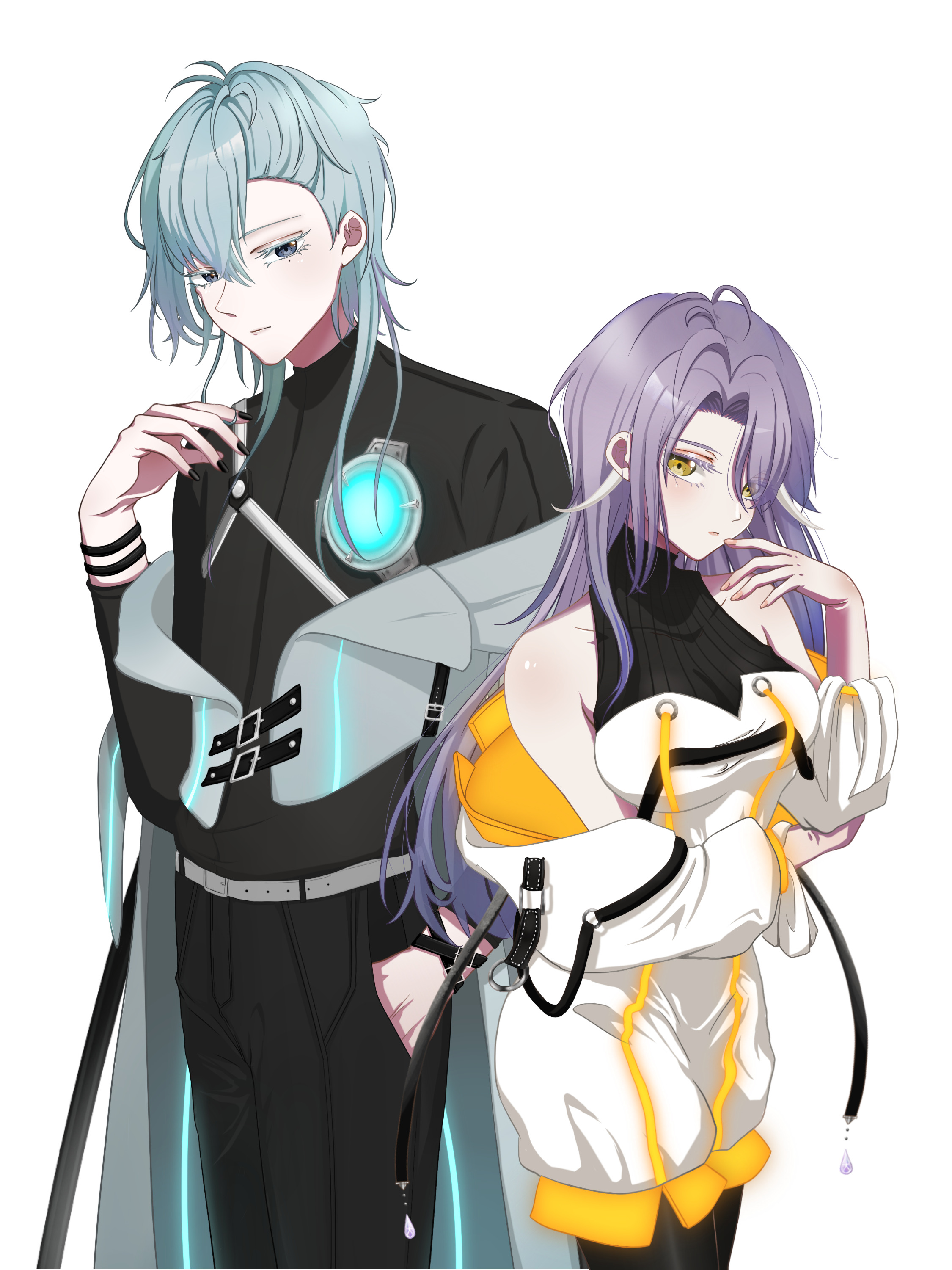
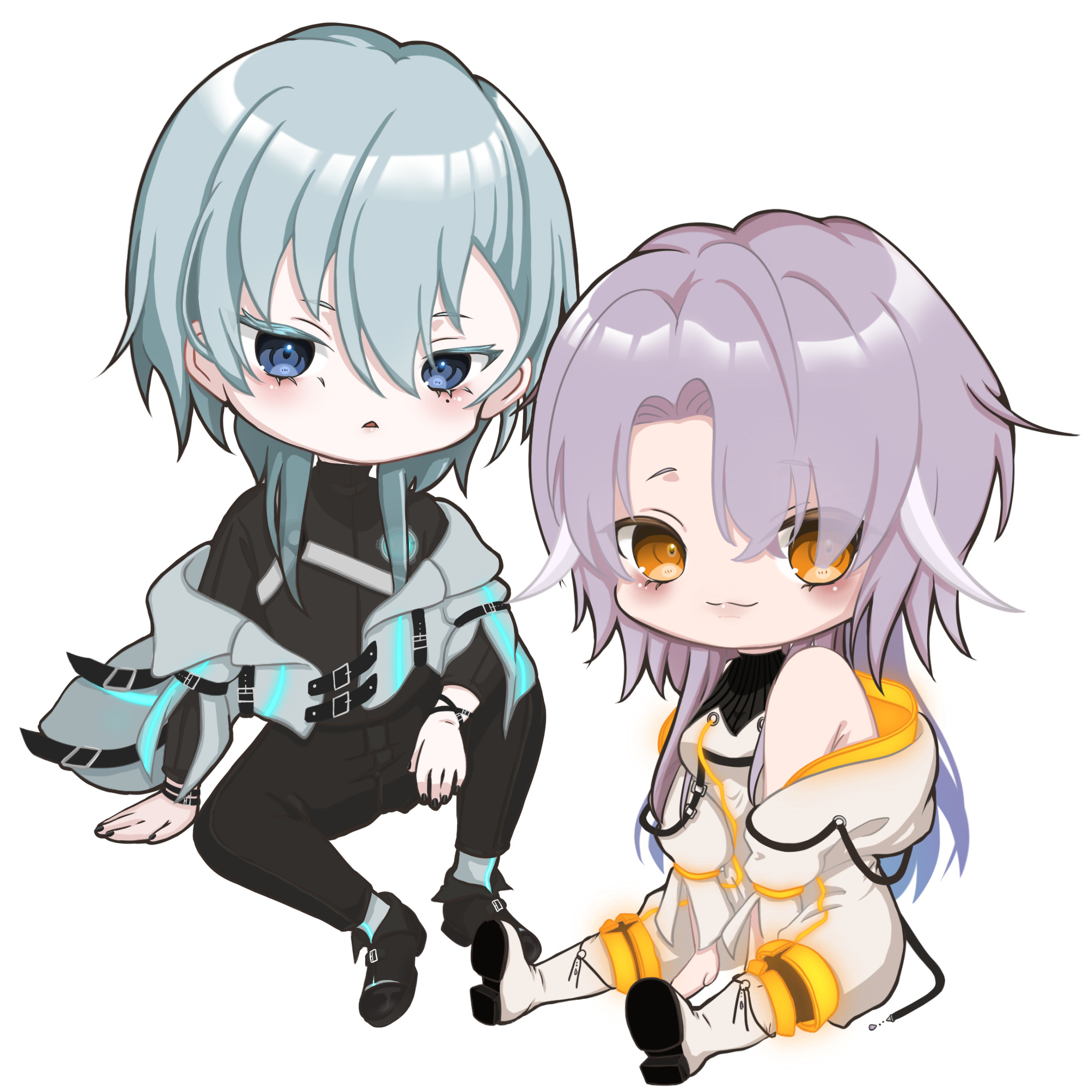
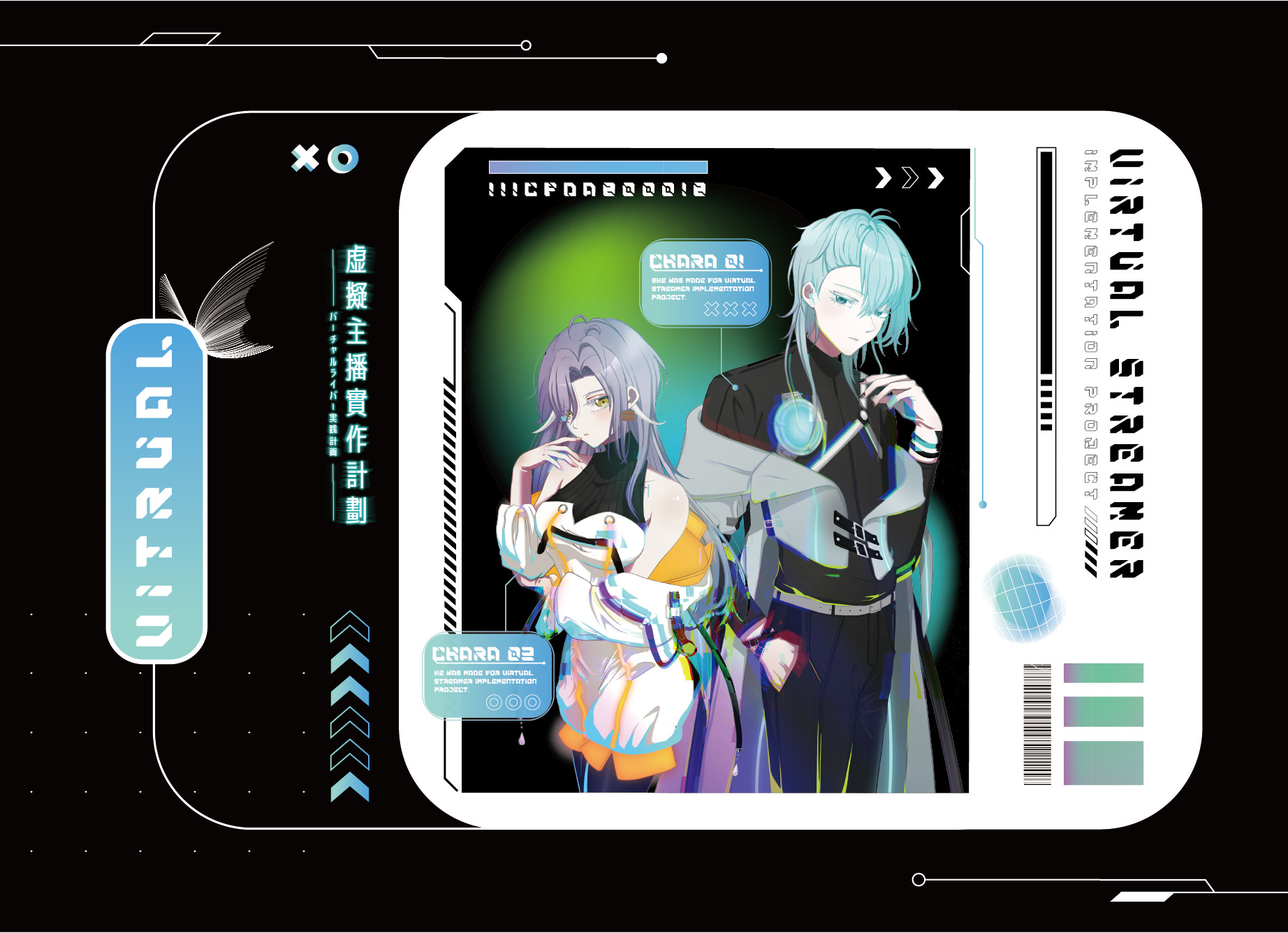
本計畫基於元宇宙興起,先用 Procreate自製2D人物,再使用Live2d Cubism將2D人物改製成偽3D,並用VTube Studio追蹤操控者的臉部表情,做出虛擬主播,以OBS Studio在電腦直播本校電子競技大賽。計畫的發想來自於目前本校一年一度的電競大賽是真人主播,然往往上手之後就要交接給下屆學弟妹,一直都面臨人手不足、經驗傳承不易且風格制式化的窘狀,然請現成的V-Liver 或 VTuber 不但所費不貲,也有大材小用的疑慮,畢竟本校電競比賽虛擬主播只需上半身,也不用唱歌跳舞等多項才藝。
本計畫自製虛擬主播代替真人主播後,於本校電競比賽實行來改善上述問題。除了解決本校主播荒之外,也鼓勵了有心當直播主但有鏡頭恐懼的學生改當虛擬主播操控師,幫助學生跨出經營自媒體的第一步。本計畫也以Google 表單問卷調查評估虛擬主播的優勢與改進之處,發現學生普遍認為使用虛擬角色當主播很創新有趣、虛擬主播美觀略勝一疇等。本計畫執行順利且成效良好,以期永續經營,甚至成為本校電競大賽的特色之一。總結而言,本計畫達成原先設定目標。唯一美中不足的本校女同學參加虛擬主播意願不高,應多設計一套男性虛擬主播,所幸比賽過後同學們反應正面積極,甚至表示希望有更多舉辦這種比賽的機會,因此期許未來會有更多同學提高對成為虛擬主播意願。
Virtual Streamer Implementation Project
This project is based on the rise of the metaverse. We first create 2D characters using Procreate, then use Live2D Cubism to convert these 2D characters into pseudo-3D. We then use VTube Studio to track and control the facial expressions of the performer to create a virtual streamer. Finally, we use OBS Studio to livestream our school's esports competition on computers.
The inspiration for this project comes from the fact that our school's annual esports competition typically features live hosts. However, after mastering the skills, hosts often have to pass the baton to the next generation of students, leading to a shortage of manpower and difficulties in experience transfer, as well as a tendency towards standardized styles. Employing existing V-Livers or VTubers is not only costly but also seems excessive, given that our school's esports competition only requires upper-body representation and does not involve singing or dancing talents.
This project aims to address the aforementioned issues by creating virtual streamers to replace live hosts at our school's esports competitions. In addition to solving the shortage of hosts, this initiative encourages students who are interested in hosting but are camera-shy to become virtual streamer operators, helping them take the first step towards managing their own media presence. The project also includes a Google Forms survey to assess the strengths and areas for improvement of virtual streamers. The survey found that students generally find using virtual characters as hosts innovative and entertaining, and that virtual streamers are aesthetically pleasing. The project has been successful and effective, and we hope to sustain it and even make it a feature of our school's esports competitions.
In conclusion, this project has achieved its initial goals. The only drawback is that there is a lack of willingness among female students at our school to participate as virtual streamers. We should create more male virtual streamers. Fortunately, students responded positively after the competition, expressing their desire for more opportunities to participate in such events. Therefore, we hope that in the future, more students will be willing to become virtual streamers.
明新科技大學 多媒體與遊戲發展系
(四年級) 指導老師 呂盈蓉